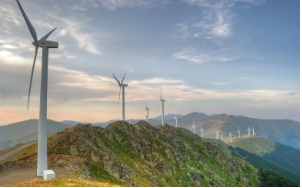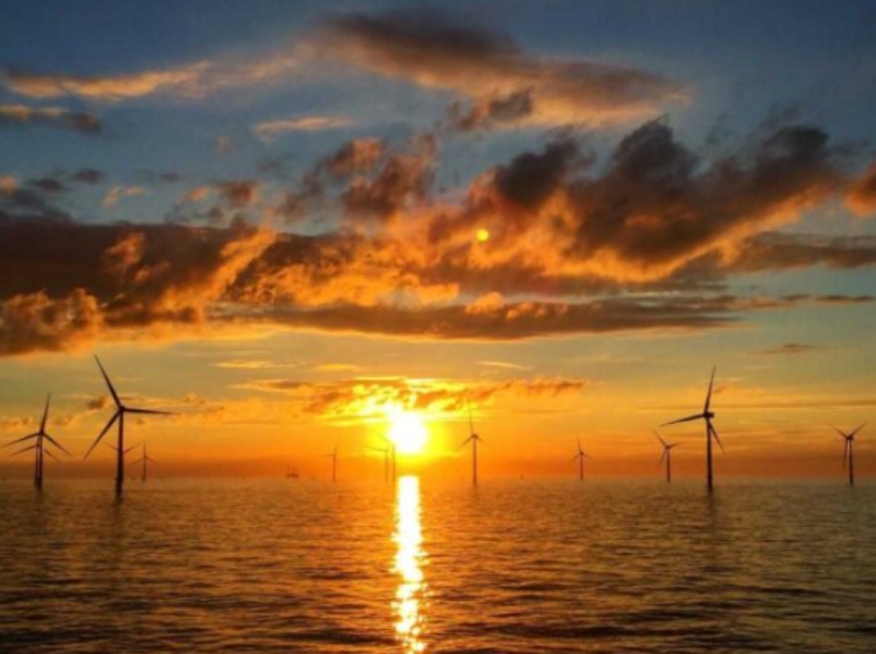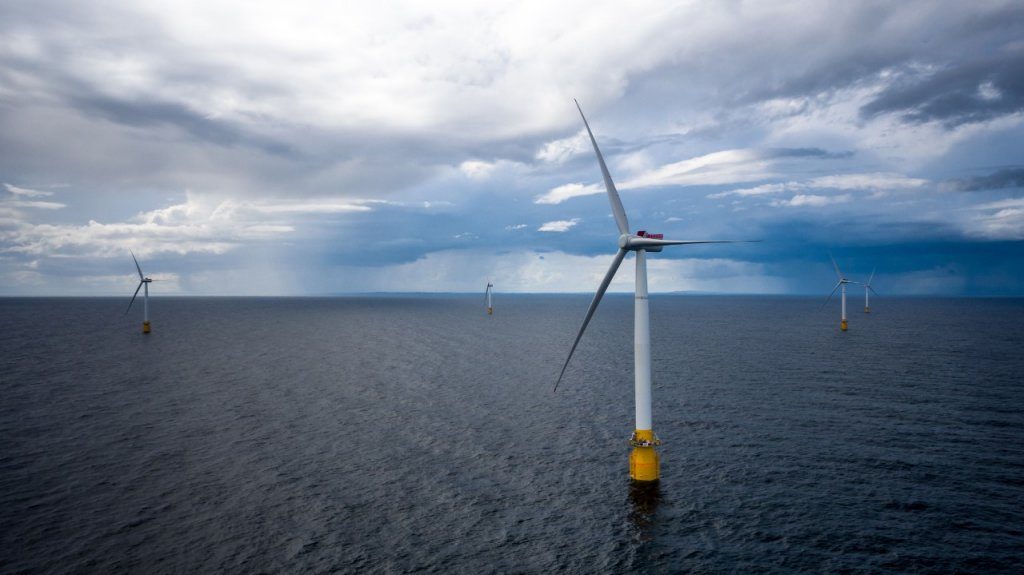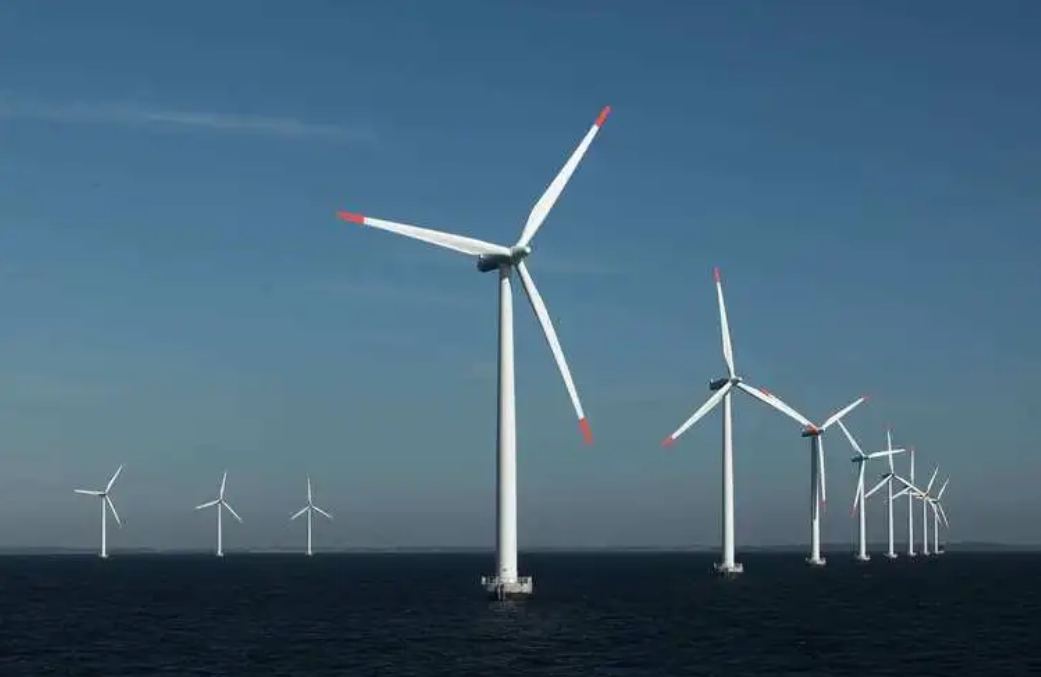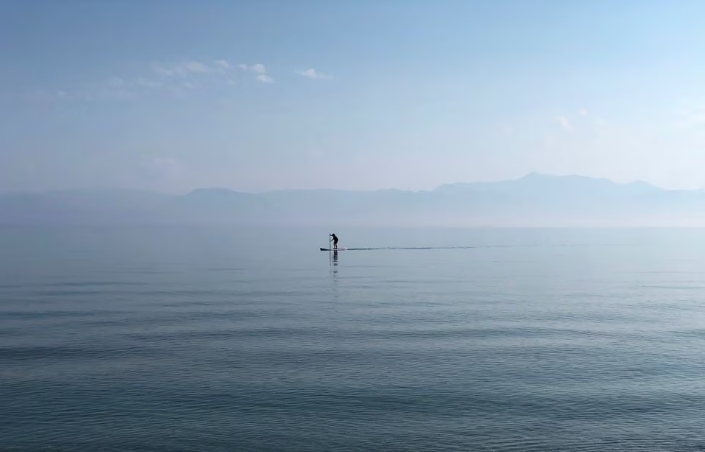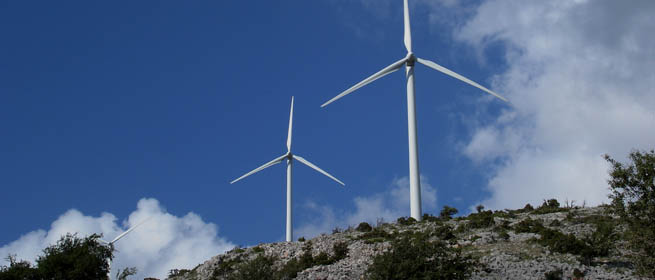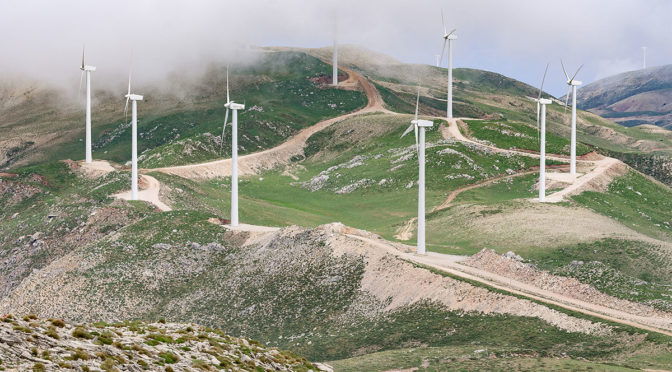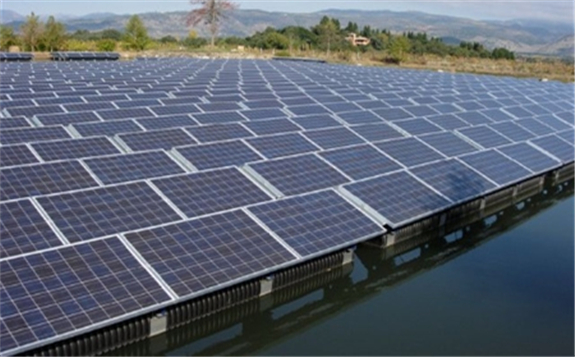
India can tap into 300GW of potential floating solar plants in India by using 10-15% of water bodies in the states of Kerala, Assam, Odisha, and West Bengal, according to a report by JMK Research & Analytics.
By 2020-2021, the government of India has set a target to add 10GW of floating solar capacity. As of July 31, 2019, about 2.72MW of floating solar plants are already commissioned whilst another 971MW are under the tendering phase.
One of the key floating solar projects was cleared in August when Uttar Pradesh’s Cabinet greenlighted a 150MW floating solar plant on Rihand dam. It will be the biggest floating solar plant in India and is expected to be commissioned by May 2020. ReNew got 100MW whilst Shapoorji Pallonji got 50MW at a tariff of 4.7 cents (INR3.36) per unit.
Additionally, about 4,255 MW of floating solar plants have been announced by various agencies where tenders are not yet released. Together, this will contribute to nearly 52% of the total target planned by the government.
“With increasing land acquisition problems for utility-scale solar, floating solar plants make a good business case for developers,” said report co-author Jyoti Gulia.
Currently, majority of these floating solar plants are planned in the states of Maharashtra, Uttar Pradesh, Jharkhand, Telangana, Tamil Nadu, and Andhra Pradesh. Active players participating in these tenders are ReNew, Shapoorji & Pallonji, S&W, Mahindra, Waaree and BHEL.
“However, as per the current situation, achieving 10 GW target in the next two years is highly ambitious,” Gulia commented.
Despite being land neutral, the development cost of the floating systems including anchoring, installation, maintenance, and transmission is about 30-50% higher than the ground-based systems. However, the generation from floating solar plants is higher as the panels’ efficiency is higher (about 6% to 7%) due to the cooling effects of water.
According to JMK Research, the tariff range for floating solar plants in successful tenders is 4.6-4.7 cents (INR 3.29-3.36) per unit. Whereas, for tenders with low ceiling tariffs (INR 3/ unit), like MSEDCL 1,000 MW in Maharashtra, they have failed to attract any bidders.
“In price-sensitive markets like India, higher costs of floating solar plants will remain a big challenge. Other challenges such as rusting, corrosion, long term impact of moisture on modules, cables, nonavailability of floats in India, etc. still need to be addressed to increase large scale adoption of floating solar power projects in India,” Gulia concluded.

